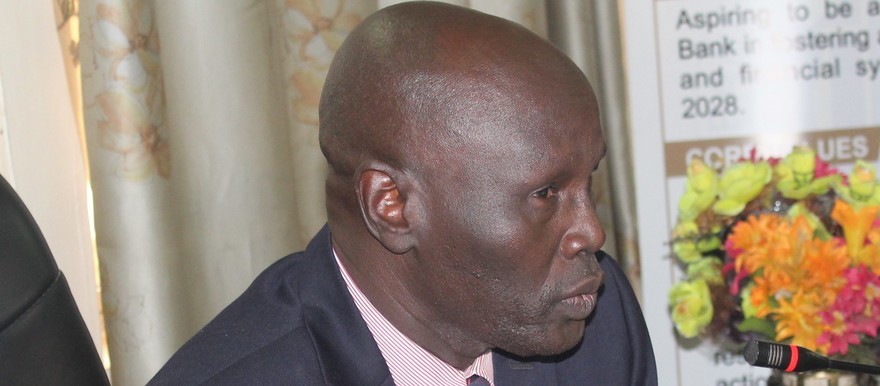South Sudan has received 334 million dollars from the International Monetary Fund (IMF) as part of the general allocation of Special Drawings Rights (SDRs) approved by the IMF Board of Directors earlier this month.
South Sudan's Central Bank says the allocation became effective on August 23rd, 2021.
Addressing journalists in Juba on Wednesday, the Governor of the Bank of South Sudan, Dier Tong Ngor said the money would be used transparently.
"We also wanted to reiterate our commitment that this amount will be used in a transparent manner and that there will be accountability. The bank will open a special account for these resources and we will make regular reporting on how these amounts are being used," Tong said.
Tong also said the funds will also help the country in sustaining the exchange rates and building foreign exchange reserves.
"The fact that we have huge improvements in oil prices gives us assurrances that we would be able to support the exchange rate and that the exchange rate stability would be sustained. Of course the additional money that we are getting from the IMF now will also help greatly for us to build foreign exchange reserves and these foreign exchange reserves will serve as buffers," he said.
Tong further clarified that the $334 million allocation is not a loan, but part of South Sudan's membership shares from the Special Drawings Rights (SDRs).
"This 334 million dollars is not a loan, it is an allocation. SDRs is an international reserves currency that helps member countries to improve their liquidity and to improve their reserves. What the IMF has done really is that the board made a decision to make allocation of SDRs to member countries. This allocation of 334 is our share as South Sudan," he added.
Governor Tong says South Sudan will only pay an interest rate of 0.5 percent for the allocation per annum with no repayment schedule in place.
The Central Bank says the new funds come at the time when it is implementing essential economic reforms, including monetary and far reaching foreign exchange market reforms.
It says the current efforts to stabilize the local currency are supported by the significant recoveries from the oil prices and the two IMF disbursements under Rapid Credit Facility in November 2020 and March 2021 for the combined financing of USD 225 million.




